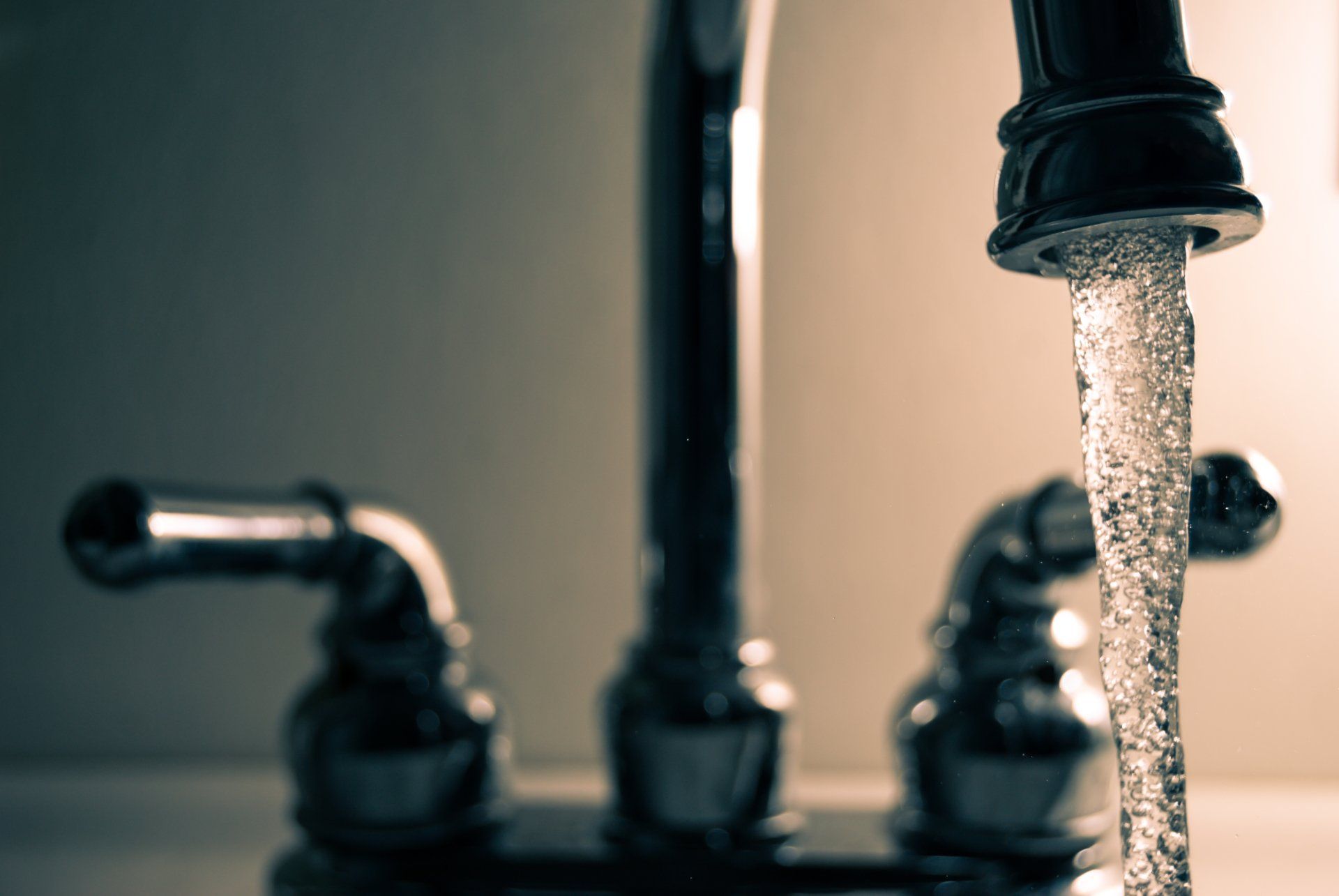How to Maintain Your Faucets
Faucet Fixer-Upper: A Handyman's Guide to Keeping Your Taps in Top Shape

Introduction
Faucets are an essential part of every home, providing us with clean water for drinking, cooking, and cleaning. However, like any other household fixture, they require proper maintenance to ensure they function flawlessly for years to come. In this handyman's guide, we'll explore the world of faucets and share tips on how to keep them in top shape.
Understanding Faucets
Faucets come in various types, including compression, ball, cartridge, and disk faucets. Each type has unique features and components. It's essential to understand the specific type of faucet in your home to perform the right maintenance.
Common Faucet Issues
Leaky faucets are among the most common plumbing problems homeowners face. The constant dripping not only wastes water but also drives up your water bill. Other issues may include low water pressure, corrosion, or a loose handle. Identifying the problem is the first step in addressing it.
Maintenance Tips
1. Tighten Loose Handles: Over time, faucet handles can become loose. Use a wrench or pliers to tighten the screw or nut beneath the handle. Be gentle to avoid damaging the faucet.
2. Replace Seals and Washers: Leaky faucets are often caused by worn-out seals or rubber washers. Turn off the water supply, disassemble the faucet, and replace these components.
3. Clean Aerator Screens: Low water pressure is often due to clogged aerator screens. Remove the aerator and clean it with a brush or vinegar to restore proper water flow.
4. Prevent Corrosion: To prevent corrosion on your faucets, avoid using abrasive cleaning materials. Instead, opt for mild soaps and soft cloths. A periodic application of a rust inhibitor can also help.
5. Fix a Leaky Faucet: A leaky faucet can waste thousands of gallons of water a year. Fix it by replacing the O-rings, valve seats, or the entire cartridge, depending on the faucet type.
6. Insulate Outdoor Faucets: In colder climates, insulate outdoor faucets to prevent freezing and bursting during winter. Disconnect hoses and drain any remaining water.
7. Regular Inspection: Make faucet maintenance part of your home routine. Check for leaks, drips, or unusual noises, and address them promptly to avoid costly repairs.
8. Professional Help: If you're unsure about handling faucet issues, it's wise to call a professional plumber. They have the expertise and tools to tackle complex problems.
Choosing the Right Faucet
When it's time to replace a faucet, consider factors such as style, finish, and functionality. Modern faucets come in a wide variety of designs, including single-handle, double-handle, and touchless options. Choose one that complements your kitchen or bathroom decor while meeting your water-saving needs.
The Best Kitchen Faucets Out Now
Conclusion
Faucets are vital to our daily lives, and taking care of them is a responsibility that pays off in the long run. By understanding the type of faucet you have and following these maintenance tips, you can keep your taps in excellent working condition. Remember, small efforts in maintenance can prevent big water and repair bills down the line. So, take care of your faucets, and they will continue to provide clean water at your convenience for years to come.
If you need some help with the faucets in your home click the link below and let us know how we can help!
a b c d e f g h i j k l m n o - Do not remove from template!!! it is important to support different fonts

412-709-5123
freerangehandymansolutions@gmail.com
Washington, PA 15301

